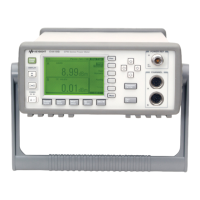Chapter 1 1-3
GSM Use Model
The Fault Finding Process
The Fault Finding Process
Four key elements, shown in Figure 1-2, can contribute to degraded cell
performance:
•The transmitter is often described as the hardest working
component of the cell site. Linear power amplifiers generate high
power radio signals and run at high temperatures. Insufficient heat
dissipation in humid climates can cause the transmitters to
overheat, or extremes of cold can cause transmitter heat sinks to
crack. As a result, specified performance will be degraded, causing
low power transmissions, impaired modulation, and poor adjacent
channel performance.
• Cables and antennae are directly exposed to the elements.
Weather-damaged antennas, cables, and the connectors can further
degrade performance. Sometimes a low noise amplifier close to the
antenna is used to boost the signal or microwave radio transceivers
are used to link the cell site to the communications network. These
components are just as exposed to the same harsh environmental
conditions making them prone to failure.
• When a mobile site transmits, other radio systems can interfere with
the propagated signal resulting in a degraded signal at the cell site
receiver. On the journey, interference from other radio systems can
degrade the signal. Tall buildings and hills can deflect the signal
away from the antenna and signal degradation can result.
Figure 1-2 Sources Of System Degradation

